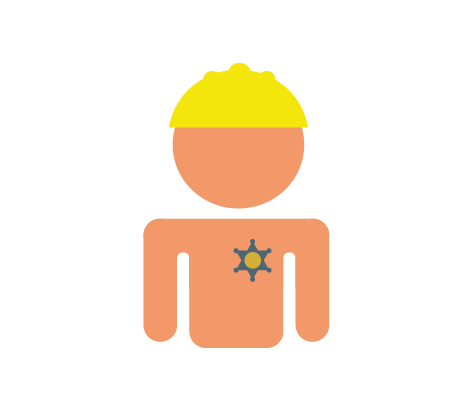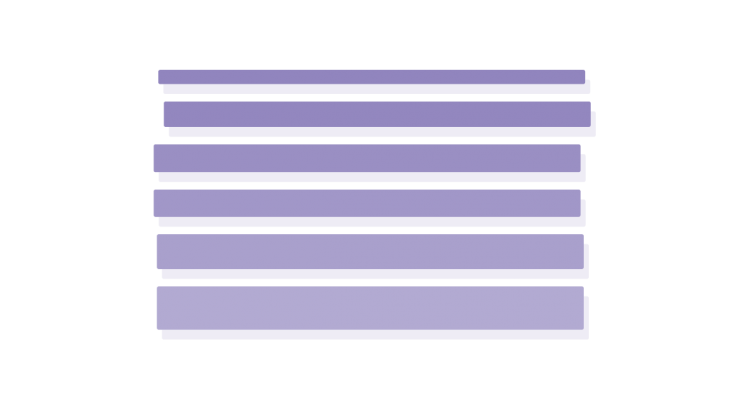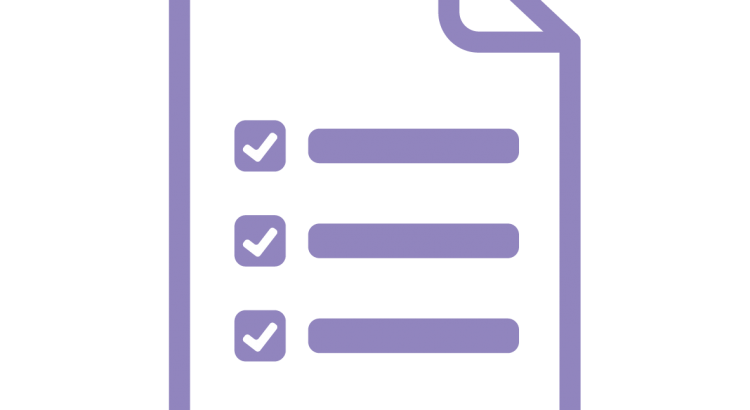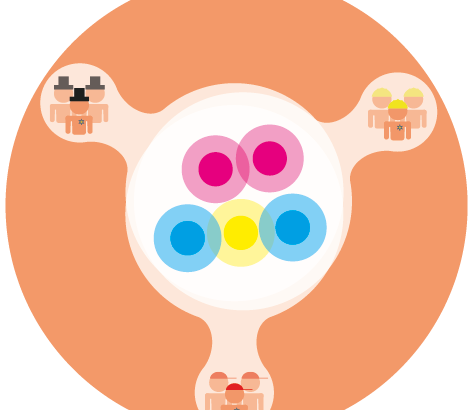The Cluster Retrospective offers the Cluster Scrum Master (CSM) the opportunity to review the working methods of the cluster, represented by the Cluster Product Owner and the Team System Engineer Group (TSEG) , as well as improvements in the way of working identify and plan for the coming cycle . The Cluster Retrospective takes place between the Cluster Review and the next Cluster Planning and is based on the results of the Team Retrospectives of the teams , mostly from the Team Scrum Master Groupwere processed. An upper limit of four hours is set for this for a quarterly cycle. The meeting is usually shorter for shorter cycles. The CSM ensures that the meeting takes place and that all participants understand its purpose. The CSM ensures that the meeting is constructive and productive and teaches everyone to stick to the time frame (time box). Due to its responsibility for the P4 process, the CSM takes part in the Cluster Retrospective as an equal member. It is carried out to …
- to review how the past Cycle was in terms of the teams, relationships, processes, infrastructure and tools involved;
- identify the most important and possible improvements and put them in order; and
- prepare a plan for implementing improvements to the way the Cluster works.
The Team Scrum Master Group is working to improve the cluster’s development processes and practices so that the cluster’s teams can work more effectively and satisfactorily in the coming cycle. In each Cluster Retrospective, the Team Scrum Master Group works out ways to improve result quality by adapting the processes accordingly or by defining-of-done, provided these changes are appropriate and do not conflict with product or company standards. At the end of the Cluster Retrospective, the TSMG should have identified improvements for the coming cycle.
In the Cluster Retrospective, the Team Scrum Master Group also checks the workflows between the teams (e.g. using value stream mapping) and adjusts the areas of responsibility of the teams and, if necessary, also the team structures within the Cluster .
The Team Scrum Masters take the suggestions and measures with them into their teams.
Process of the Cluster Retrospective
Mostly, the Team Scrum Masters bring problems, impediments and improvements from their teams with them to the TSMG, which they have collected in the Team Retrospectives of the teams. These are collected and prioritized in the Cluster Improvement Backlog. During the working hours of TSMG, the highest priority improvements are analyzed and processed during the current cycle. In the Cluster Retrospective, changes are then jointly decided and implemented.
For the determination of further problems, disabilities and ideas for improvement at the Cluster level, the TSMG uses the same methodological approaches and questions as at the team level, e.g.
- Glad, Sad, Mad
- Keep, change, puzzled
- Good, problems, questions
- Start, stop, keep, more, less
.
Further suitable links:\r\n
Further suitable links:








